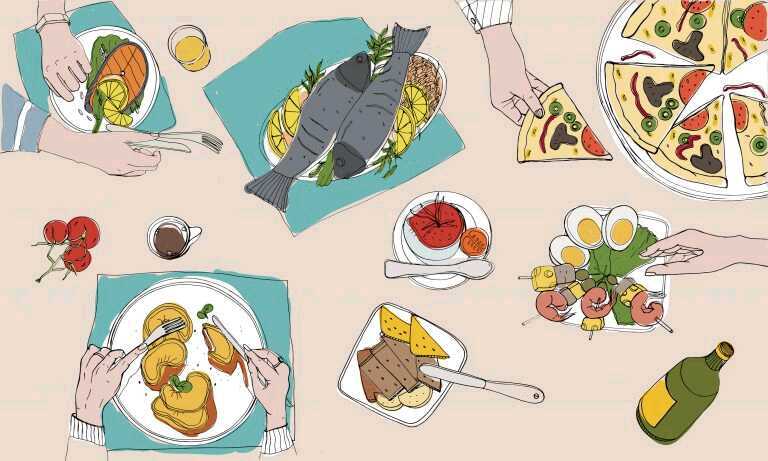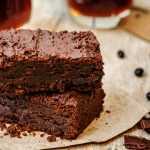
It’s fair to say that too much carb increases the postprandial glycemic response in people with diabetes. However, what happens when you combine carb with other nutrients? Does 15-gram of pure sugar vs. 15-gram sugar consumed with an apple result in the same glycemic spike?
Theoretically, no.
For instance, fat, protein, and fiber are known to slow down the absorption of glucose. Hence, combining carbohydrate with any of these nutrients allow a steadier increase in postprandial glycemia. However, the effect of combining food on the blood sugar is difficult to assess, especially since the glycemic response varies not only from one person to another but with the same individual as well.
A recent study published in the American Journal of Clinical Nutrition evaluated the impact of macronutrients (fat, protein, and carbohydrate) and fiber on after-meal glycemia in non-diabetic participants. Participants were divided into four separate studies group and underwent specific food challenges. In addition to the standard white bread, the participants were given three different amounts of each nutrient (carb, protein, fat, and fiber) in the form of food.
 The most noteworthy finding is the influence of protein on postprandial blood sugar. According to this study, adding 50 grams of protein derived from tuna to the standard white bread cut back the increased in glucose levels by 25%. This observation was reported in other studies as well, with a protein intake varying from 20 to 90 grams. Protein can delay gastric emptying through the release of various gut hormones and increases the insulin response, which could explain the result seen here. In contrast, fat and fiber did not influence after-meal blood sugar. This outcome was not anticipated given their purported action on glycemia. The authors shared that the small amount of fat and the fiber food source (oat cereal by General Mills Cheerios) used in their experiment might be the reasons behind their null finding.
The most noteworthy finding is the influence of protein on postprandial blood sugar. According to this study, adding 50 grams of protein derived from tuna to the standard white bread cut back the increased in glucose levels by 25%. This observation was reported in other studies as well, with a protein intake varying from 20 to 90 grams. Protein can delay gastric emptying through the release of various gut hormones and increases the insulin response, which could explain the result seen here. In contrast, fat and fiber did not influence after-meal blood sugar. This outcome was not anticipated given their purported action on glycemia. The authors shared that the small amount of fat and the fiber food source (oat cereal by General Mills Cheerios) used in their experiment might be the reasons behind their null finding.
“In conclusion, glycemic responses are reduced and measured meal GI [glycemic index] and GL [glycemic load] are lower compared with calculated meal GI and GL values when carbohydrate-containing foods are consumed in combination with protein (an equal amount of carbohydrate challenge) but not with carbohydrate-, fat-, or fiber-containing foods,” say the authors of the study.
